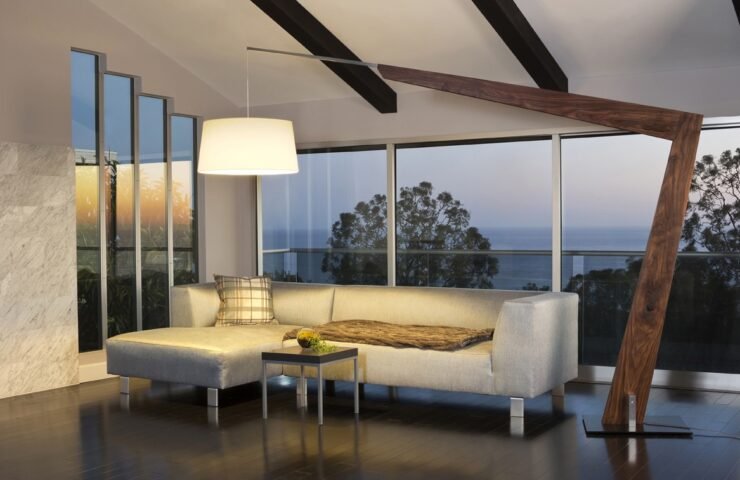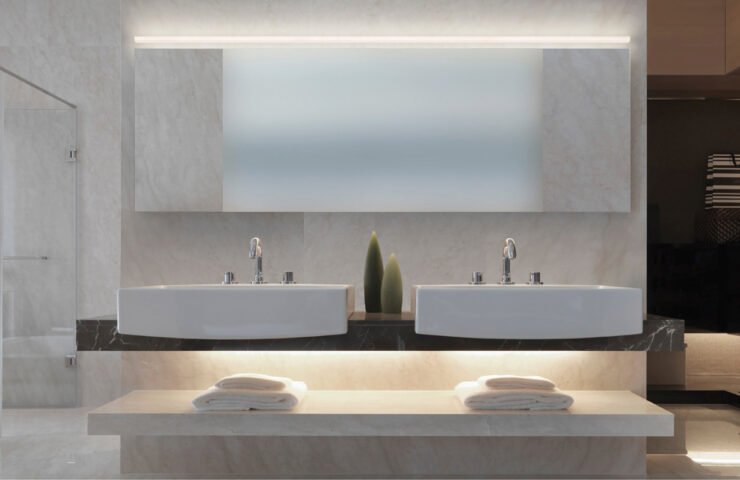Whether it’s recessed lighting in the kitchen, or indirect, diffused lighting to avoid unnecessary glare, the right interior lighting solutions can be easy on—and good for—the eyes. As we get older, the muscles responsible for controlling our reaction to light and pupil size begin to lose their strength and our eyes become less responsive to changes in lighting. This can create undue strain on eye muscles, and even affect circadian rhythms, sleeping habits and immune systems.
Lighting Obstacles for Aging Eyes
For older eyes, it’s important to avoid glare, flicker and light pollution.
Incredibly bright, direct lights can cause glare for those affected with low visibility, making it difficult to see, and even creating unsafe environments for mobility. Indirect, diffused lighting fixtures are a safer alternative for age-in-place homes, as they do not produce the same glare that exacerbates low visibility.
“Flicker” is a term that refers to the fluctuation of light when a fixture is turned off and on. When turning on a light that has a light oscillation slower than 50Hz, flickering may occur, triggering headaches, fatigue, eye strain and in some cases seizures. To avoid flickering, stay away from low-quality LEDs and dimmable light sources.
While often thought of as an environmental and wildlife issue, light pollution affects humans, as well, by suppressing melatonin—the hormone responsible for regulating circadian rhythms and boosting immune systems. The International Dark-Sky Association has created helpful standards to look for that show when a light fixture effectively illuminates without adding to light pollution.
Let In the Light

Wherever possible, let the sunshine in. Natural light will work seamlessly with installed lighting fixtures while boosting the brightness and warmth of a room.
Use Matte Lighting

Glare is no friend to aging eyes. Installing matte or frosted finish lighting fixtures minimizes light flaring and glaring, allowing older eyes to see more clearly while preventing headaches and other negative effects of light glare.
Best Light Color for the Kitchen

In spaces where brightness is important, like the kitchen, a bright ceiling can act as a reflector which directs light down into the room. To achieve the best light color for the kitchen, consider recessed lighting with T5 fluorescent or LED lights around the perimeter of the room.
Task Lights for Workspaces

Task lights are ideal for illuminating often-used workspaces throughout the home and especially in the kitchen. Adding task lighting underneath cabinetry prevents eye strain while cutting down on shadows that can obscure vision, allowing for an easier time slicing, dicing and food prepping.
For aging eyes, small, proactive lighting modifications around the home can go a long way. From improving sleep patterns to avoiding undue eye strain, implementing innovative lighting solutions can improve age-in-place home environments with the flip of a switch.











Follow Us